Buy British trees from our shop
Whether you need a screen, hedge or centrepiece, we have beautiful native trees to give your garden interest all year round. Delivery is free.
Shop trees
Digital Content Manager
If you have trees in your garden or on your land, you’ll probably have heard the advice to avoid pruning trees in spring. This is because the sap is rising, but what does this mean, and why does sap only rise in spring?
In winter, deciduous trees become dormant, stopping all active growth processes and losing their leaves. To prepare for this, they move sap from their leaves to their roots, where it’s stored until spring.
Even though trees are dormant in winter they still take up water through their roots (if the temperature is above freezing). This water plays a key role in the sap of the tree starting to rise again, fuelling its movement up the trunk.
Think about sap as the blood of a tree. Like our own blood, sap is mostly made up of water, as well as minerals and nutrients. These nutrients are transported around the tree within the sap. Tree sap also contains sugars that have been produced during photosynthesis.
Each spring, the sap that’s been stored in a tree’s roots over winter is transported up to the branches, enriching new buds with energy and encouraging them to open.
When the air temperature rises in spring, and with water continuing to be taken up through the roots over winter, pressure builds within a tree. This forces the sap and water that’s been sitting in the roots over winter to flow up into the tree branches, supplying the energy needed for buds to burst open. It’s at this point that trees can leak sap from a wound if pruned or damaged, known as 'bleeding'.
If a damaged tree is oozing sap, the best thing to do is leave the cut to heal naturally. Sealing a wound cuts off the air supply, creating a damp environment where fungal diseases can thrive. Sealing a wound could also trap pathogens in the bark.
Sap will eventually stop flowing from the wound as the water pressure within the tree returns to normal summer levels.
The best time of year to prune a tree is usually from late summer to mid winter when there is less chance of bleeding, though this can vary slightly depending on the species. It’s always best to avoid pruning trees before late summer so you don’t disturb nesting birds.
Evergreen trees don’t go dormant in winter and so don’t lose their leaves or needles. This means their sap flows steadily throughout the year.
Pruning evergreen trees doesn’t tend to cause heavy bleeding, with conifers releasing a sticky resin rather than sap when they’re damaged. This is a defence mechanism to protect the wound from fungi and insects – in fact, the gemstone amber is actually fossilised tree resin and sometimes contains insects that were trapped in the sticky substance before it dried.
Whether you need a screen, hedge or centrepiece, we have beautiful native trees to give your garden interest all year round. Delivery is free.
Shop trees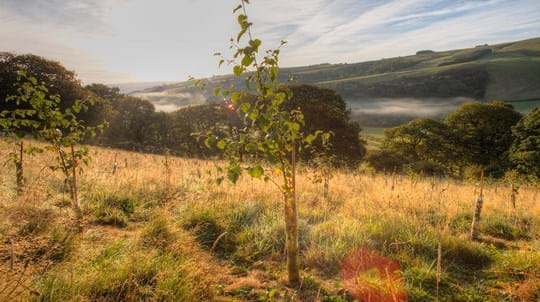
Plant trees
Once your trees are in the ground it’s important to care for them, especially in the first few years.
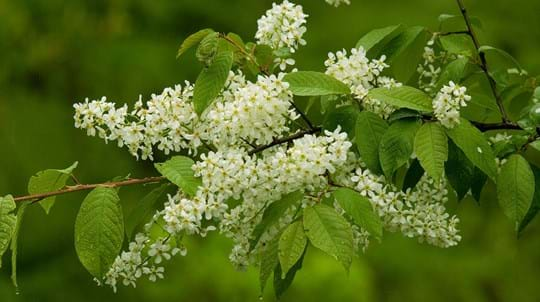
Blog
Helen Keating • 08 Nov 2021
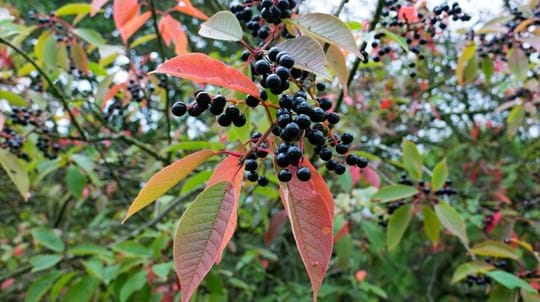
Blog
Helen Keating • 05 Nov 2020
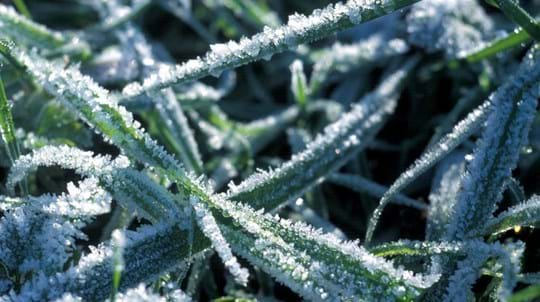
Blog
Lorienne Whittle • 01 Feb 2022
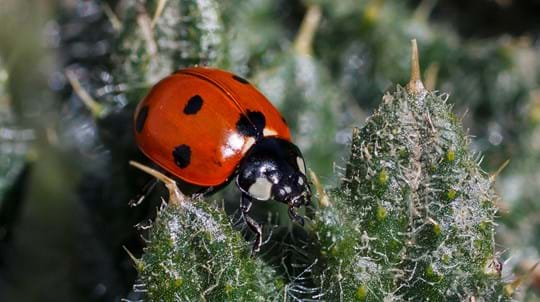
Blog
Charlie Mellor • 16 Apr 2024
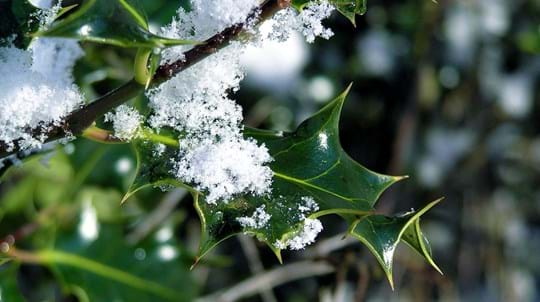
Blog
Kate Lewthwaite • 04 Nov 2020
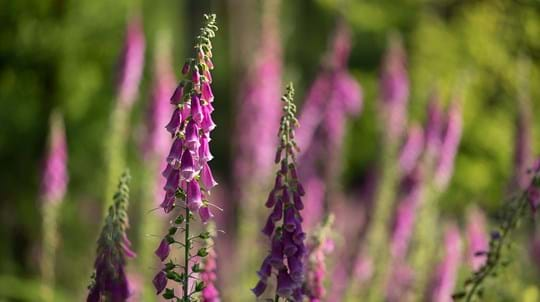
Blog
Charlie Mellor • 07 Mar 2024

Blog
Kate Lewthwaite • 28 Mar 2019
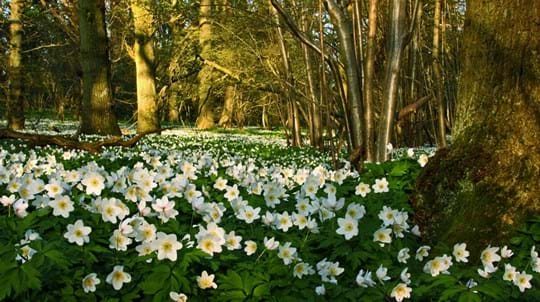
Blog
Charlie Mellor • 11 Feb 2021